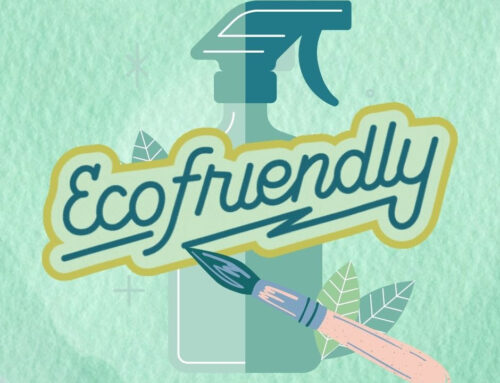Cleaning for Health: A Holistic Approach
How holistic cleaning can improve health conditions inside your building

Buildings may seem clean on the surface, complete with shiny floors and sparkling windows. However, cleanliness at first sight does not equate to having a healthy environment. Cleaning that optimizes health must be holistic. The most effective cleaning method must consider unexpected sources of disease, while evaluating its own impact on a facility’s environment. These three key principles showcase how cleaning can best bolster the health of your building’s occupants.
1. Assess your facility’s realistic disinfection needs
Disinfection remains a pillar of health-focused cleaning. This does not mean a facility should be doused in disinfectant. In general, moderation is key for preventing antimicrobial resistance, which has become a growing public health concern following the overzealous disinfection in response to the pandemic.
Instead, a targeted approach aimed at high-touch areas — where people mostly likely exchange germs — best prevents the spread of disease. More comprehensive disinfection can be used for more extreme circumstances such as an outbreak. The type of method also matters. Cleaning beforehand is a must, as most disinfectants only work properly on unsoiled surfaces.
2. Use cleaning products that help, not harm, occupant health
Not all cleaning products are made equal. Some may include ingredients that can cause health problems, including common reactions like dermatitis and asthma. Recent research has raised concern about quaternary ammonium compounds (QACs), a class of chemicals growing increasingly common in disinfectants, sanitizers, and surfactants. In addition to skin and respiratory issues, new initial studies suggest exposure may affect reproduction and development.
This only underscores the importance of using green cleaning products, which prioritize cleaning without releasing potentially harmful substances into the environment. This is a core value at SparkleTeam, as we only use third-party certified green cleaning products compliant with the highest industry standards.
3. Prevention is better than cure
It’s tempting to only focus on the day-to-day cleaning needs of a facility, tending to what’s immediate and highly visible. However, deeper, more intensive cleaning and maintenance also proves equally essential to providing a healthy environment. Scheduling regular deep cleanings will secure your facility in the long run.
For example, common target areas are carpets, which can cling to deep-seated indoor pollutants and host mold and mildew. To prevent this, consider regular deep cleaning with anti-mildew carpet extraction. As they collect both foul smells and harmful bacteria, drains should also be flushed regularly with enzymatic products that break down unwanted substances.




